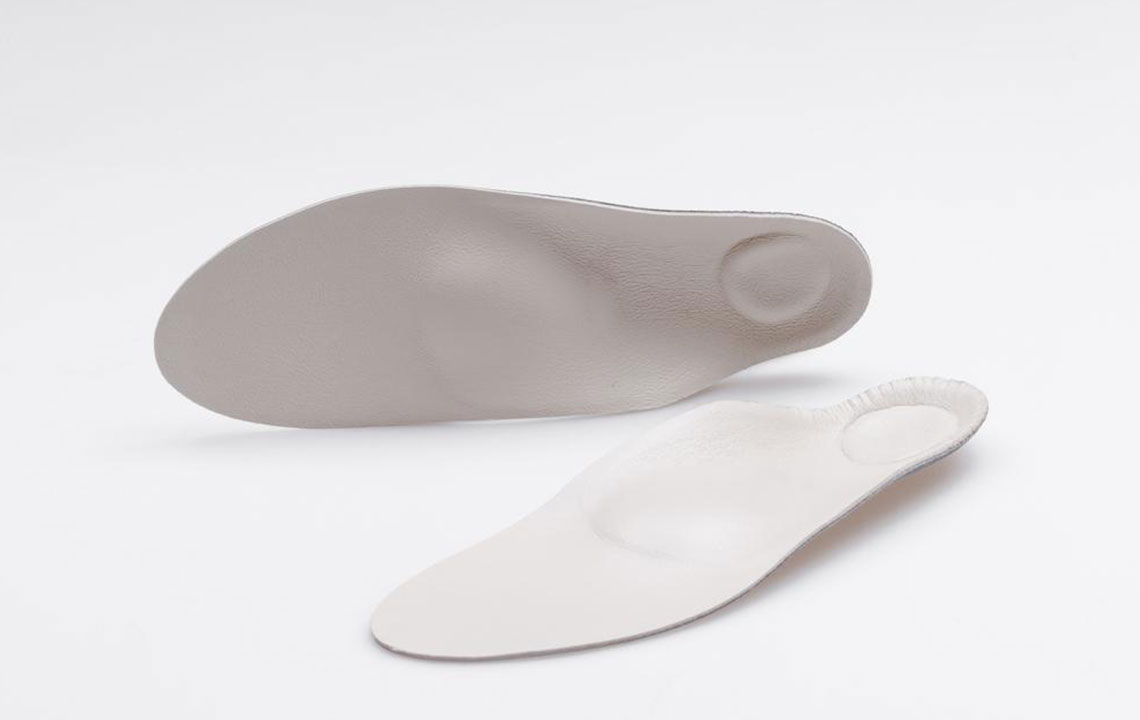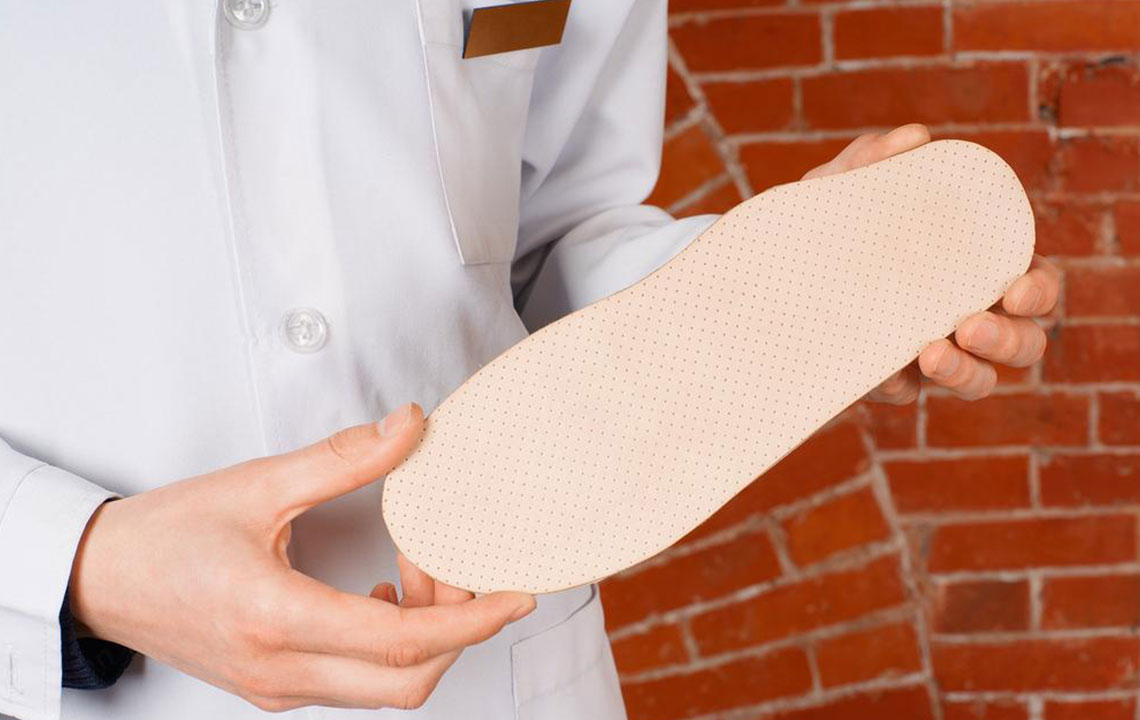Understanding Plantar Fasciitis: Causes, Symptoms, and Remedies
This article provides an in-depth overview of plantar fasciitis, covering its causes, symptoms, and treatment options. It explains the importance of early diagnosis and offers practical advice on managing the condition through medication, exercises, orthotics, and surgery if necessary. Timely medical intervention can help alleviate heel pain and prevent chronic discomfort, especially for those engaged in sports or with risk factors like excess weight and improper footwear.
Sponsored

Experiencing heel pain during walking, jogging, or long-distance running? If the discomfort subsides with rest, it’s likely nothing to worry about. Persistent heel pain, however, may indicate plantar fasciitis — a common cause of heel discomfort. This condition involves inflammation of the thick band of tissue connecting your toes to your heel bone at the bottom of your foot.
This condition often causes a sharp, stabbing pain, especially with the first steps in the morning. The discomfort may lessen with activity but can return after prolonged standing or sitting. If you're experiencing such symptoms, consult a healthcare professional promptly for effective treatment options. Here are key causes, symptoms, and treatment strategies for plantar fasciitis.
Signs of Plantar Fasciitis
The main symptom is a stabbing pain in the bottom of the foot, near the heel, particularly noticeable upon waking. It can also occur after long periods of standing or sitting. While the pain may ease temporarily, persistent discomfort that recurs suggests plantar fasciitis. Exercise-related pain or post-exercise discomfort can also be indicative.
Causes of Plantar Fasciitis
The plantar fascia acts as a shock absorber and supports the foot’s arch. Excessive tension and stress can cause small tears, leading to inflammation. Risk factors include being overweight, wearing unsupportive footwear, and engaging in high-impact sports. If symptoms persist, seek medical advice early for effective management. Addressing the condition promptly can prevent chronic heel pain.
Treatment Options for Plantar Fasciitis
Medications
Anti-inflammatory drugs can reduce swelling and alleviate pain. Consult your doctor for appropriate prescriptions.
Physical Therapy and Exercises
Targeted stretches and strengthening routines, often guided by a physical therapist, can relieve tension and stabilize your foot. Taping techniques can also provide extra support.
Orthotic Devices and Supports
Night splints stretch the calf and arch during sleep, while custom or off-the-shelf orthotics distribute pressure evenly across your foot.
Surgical Intervention
When other treatments fail, surgery may be necessary to remove damaged tissue. This option may weaken the arch, so it’s considered a last resort.
Proper treatment can significantly reduce discomfort and prevent long-term issues. If you experience symptoms, consult a healthcare professional promptly. Lifestyle changes, such as wearing supportive footwear and modifying activity levels, can also help prevent recurrence. Early intervention is key to managing plantar fasciitis effectively.






